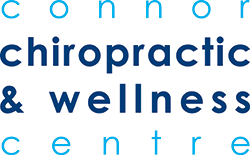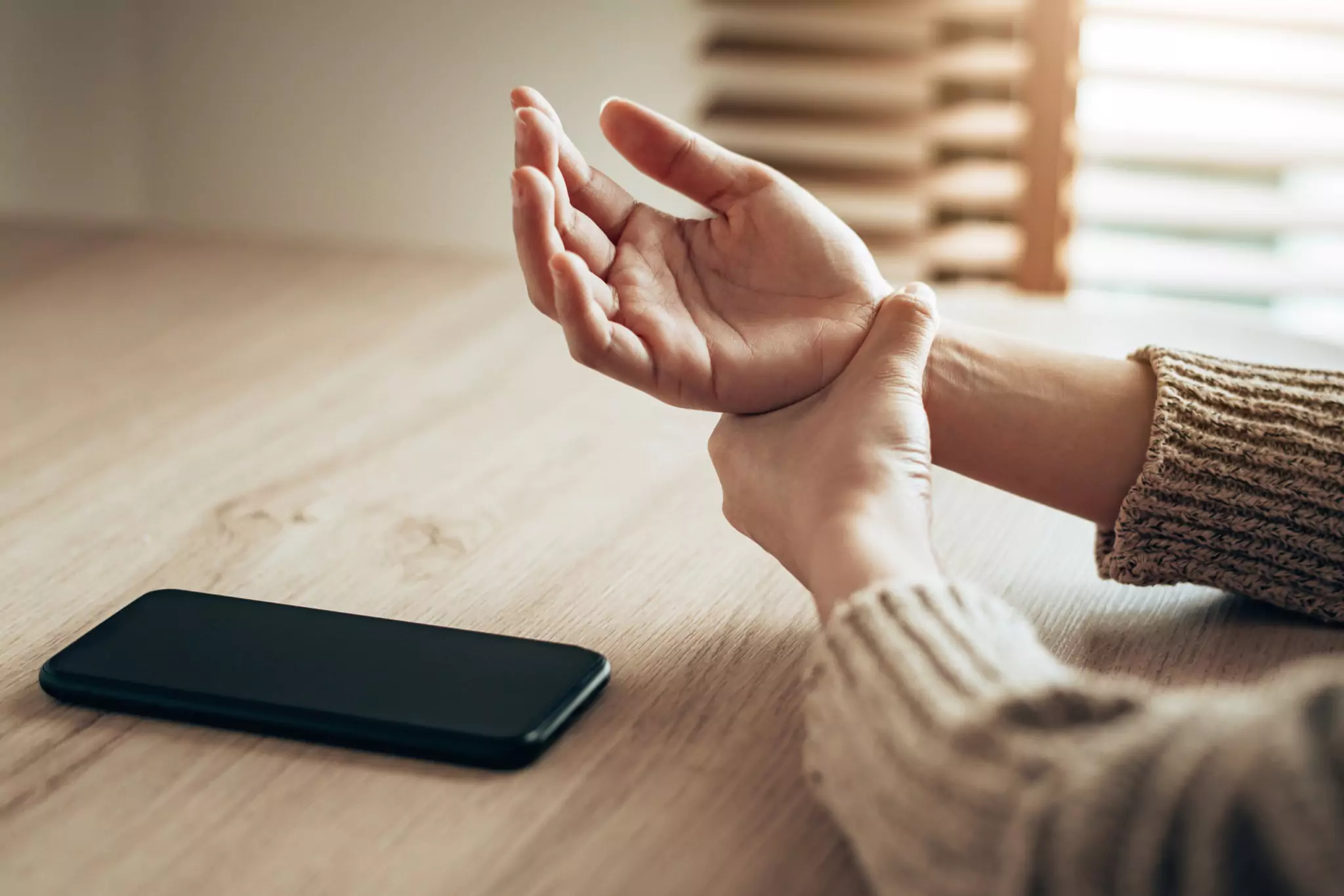Injuries in Sport and Life:
Injuries happen, it’s a part of life. Whether you are currently active or not the chances you will experience pain at some point in your life is high.
There are two types of injuries:
- Acute injuries are caused by events such as a slip or fall, car accident, a cut, etc.
- Overuse injuries occur from repeatedly doing a sport, movement or action without enough tissue strength.
When looking at injuries in sport and life, overuse injuries make up a large majority of them. With this type of injury it’s important to understand why it happens.
To do this we look at two things:
- Tissue Tolerance: This is your body’s ability to withstand the demand of your daily activities and sport activities.
- Demand: The demand is the activity – this can be a repetitive motion at work, the repetitive strain of your foot hitting the ground in running or simply the act of typing throughout the day at work.
Overuse injuries happen when the demand is greater than the tissue tolerance. This demand can be overwhelming to the tissues in a variety of ways. This includes being used too often, too little rest, too much weight, improper mechanics, used for too long, etc. Each and every one of us has different tissue tolerance and it is dependent on factors such as genetics, history of exercise, sleep, nutrition, history of injuries and current fitness level.
Overuse injuries require a combination of treatment which can include all or some of the following:
- Rest: Taking time away from the causative activity can be helpful to decrease inflammation and pain. It is important to understand that this isn’t always possible especially when it comes to workplace overuse injuries or high level athletes.
- Treatment: Seeking out treatment quickly after the injury becomes apparent can help decrease the lifespan of the injury.
- Exercise Modification: Modifications can come in the way of changing the type of exercise, changing the frequency, or changing the timing,
- Active Recovery: Adding in activities such as stretching and soft tissue release to decrease symptoms.
- Assistive Devices: Braces, taping and supports may be used when required. They help relieve the strain on the injured tissue while still being able to perform the causative activity(s).
- Muscle/Joint Retraining: Adding in rehab exercises to retrain the muscles and joints or strengthen them to be able to meet the demand.
Each injury is unique and finding the right balance of each of these six factors is the key. The goal is to not only recover from the injury but to also increase your tissue tolerance. This is how we work to prevent future injuries. By increasing the tissue tolerance or decreasing the demand you will be able to prevent future injuries.


